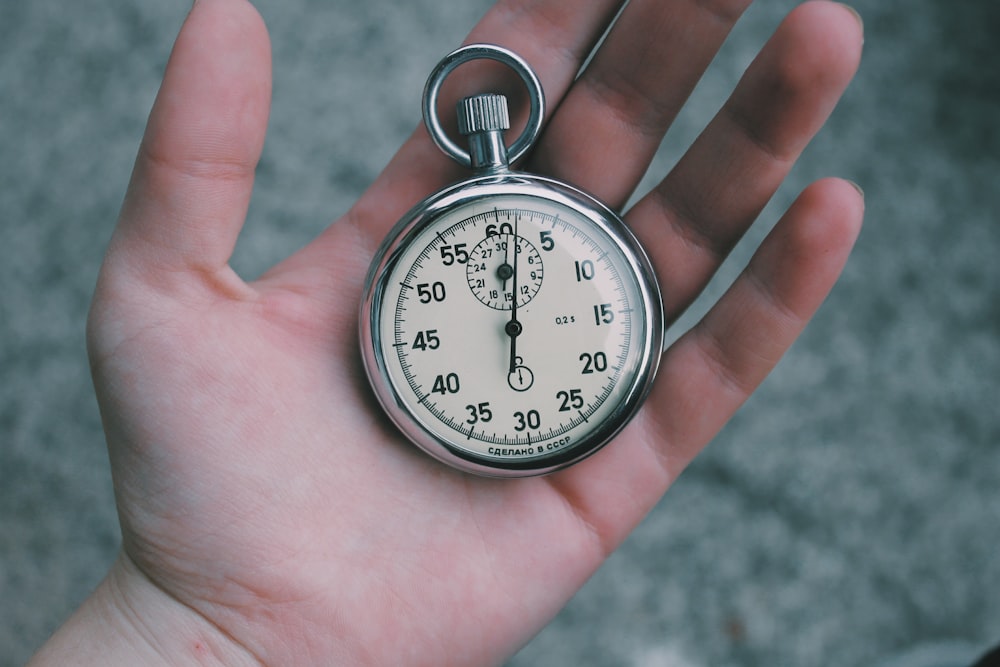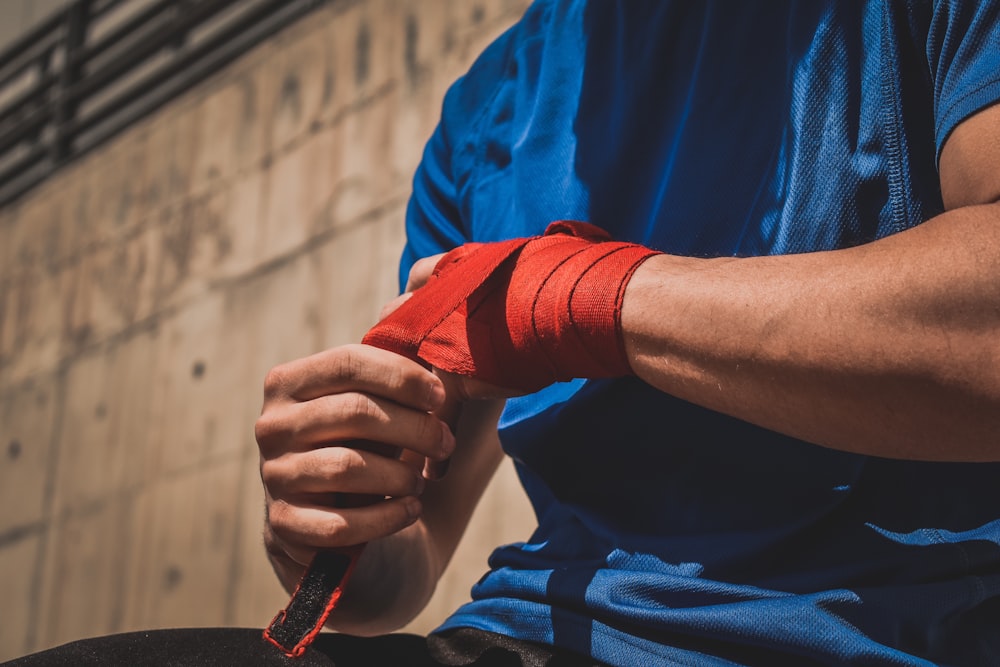As we age our body begins to experience more injuries and associated pain. The associated pain we feel from injuries is caused by something called inflammation. Inflammation has two stages: acute and chronic. The acute stage refers to the first 2-3 days after an injury or aggravation. If the acute stage is left untreated it can turn into chronic inflammation which will plague your body for years and cause massive amounts of daily pain. In this blog, we are going to discuss 4 crucial steps, easily remembered as RICE, to treating and reducing inflammation in the acute stage.
Rest
The first and most crucial step is to rest. The last thing that you want to do after an acute injury is to injure yourself even more. This may be hard because you have hurt yourself at work or outside of your home, however, you need to realize when you have been injured and what your body needs.

Once you have found a resting position that does not aggravate your injury it’s crucial to treat the problem. Your body is producing a massive amount of inflammation in the area during the acute stage. It is crucial you control this and reduce it. The first treatment step is to ice down the area.
Ice
Ice is the best way to immediately control and reduce the spread of inflammation. It is important to remember: DO NOT use heat in the acute stage. Heat is ok for chronic stage treatment but not for the acute phase. It will only make the situation worse if used in the acute stage.
When you ice the area, what you are really doing is slowing down the body. Lowering the temperature of the area helps slow down the rate of inflammation production. The acute phase treatment is completely targeted at just this.

Compression
Compression also helps to reduce inflammation and swelling but in a more consistent and manual way. If you haven’t already noticed this is the central theme of the acute phase. Correctly controlling the inflammation and swelling can make your recovery much easier and faster.

You will want to keep the area compressed for the duration of the acute stage. Compression may even be a useful technique in the chronic stage, but for now it will be used to control the spread of inflammation. In accordance with ice and compression, it is important to keep the injured area elevated when possible.
Elevation
The last crucial step is to elevate the injured area. What this does is it brings blood flow out of the injured area. This also helps to reduce the rush that creates inflammation. Your body’s response in the acute injury is to produce as much inflammation as possible in the injured area. Although this is natural, too much inflammation can lead to serious chronic pain.
Elevating the area will help to make sure that the production rate of inflammation in the area is dramatically slowed down. This should be done as much as possible and especially when you are icing the injured area. It may be more difficult to do for certain areas, but make the best possible effort to elevate the area as it is a very efficient anti-inflammation technique.

During an acute phase, you should also always contact your musculoskeletal physician for guidance throughout the period. At Underwood Healthcare we make sure to not only educate our patients but to also help them along step by step to a pain free life. Schedule an appointment today to start your healing.
